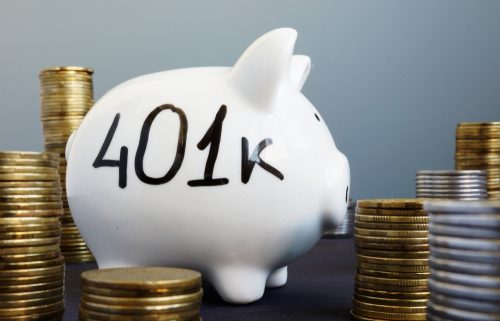A Guide to the Self-Directed Solo 401(k) Plan
Self-Directed Solo 401(k) plans are a powerful way to invest in retirement, due to plenty of opportunities for independence, flexibility, and the ability to put aside lots of retirement resources as you earn an income. But what exactly is a Solo 401(k) plan? How might it help some people retire? And what does it mean to Self-Direct such a plan? Let’s dive deeper into what it means to use a Self-Directed Solo 401(k) plan for retirement.
What is a Self-Directed Solo 401(k) Plan?
A Solo 401(k) plan is a retirement savings plan that is available for self-employed individuals and business owners who do not have any full-time employees. Solo 401(k) plans offer many of the same benefits as traditional 401(k) plans. These include tax-deferred growth and the ability to make catch-up contributions if you are age 50 or older. If you are self-employed or a business owner, a Solo 401(k) plan may be a good retirement savings option for you. Talk to your financial advisor to see if a Solo 401(k) plan is right for you.
How to Set Up a Self-Directed Solo 401(k) Plan
Solo 401(k) Plans are easy to set up and administer, and they can be a great way to save for retirement. However, you’ll want to work with a Self-Directed IRA administration firm to get started. That means researching the right one for you, looking at their fee structure (do they offer static fees? Variable fees? How will the fees grow when your account grows, if at all?), and their background and experience. From there, you can reach out and begin the application process.
What Are the Benefits of Using a Self-Directed Solo 401(k) Plan?
A Self-Directed Solo 401(k) plan allows business owners and self-employed individuals to save for retirement on a tax-deferred basis. The Self-Directed Solo 401(k) plan offers the same benefits as a traditional 401(k) plan. However, there is the added benefit of allowing participants to direct their own investments.
With a Self-Directed Solo 401(k) plan, participants can choose to invest in a wide variety of assets, including real estate, stocks, bonds, and mutual funds. This makes Self-Directed Solo 401(k) plans an attractive option for business owners and self-employed individuals who want to maximize their retirement savings.
What is Self-Direction in a Retirement Account?
Self-direction in a retirement account simply refers to the ability of the account holder to make their own investment decisions. This can be a great benefit for those who want to take a more active role in managing their retirement savings. Self-direction can also offer more flexibility when it comes to choosing investment options.
For example, Self-Directed IRAs can allow investors to choose from a wider range of assets, including real estate, precious metals, and private equity. However, self-direction can also come with some risks. Investors who are not carefully monitoring their account could end up making some poor investment choices. As a result, it is important to be sure that you are comfortable with the level of risk you are taking on before self-directing your retirement account.
What to Do Next
Interested in signing up for a Self-Directed Solo 401(k)? The process can be simpler than you might imagine. It means reaching out to a Self-Directed IRA administration firm who can handle their role as a custodian on the account, giving you the freedom and flexibility to invest the way you like—within the limits of a retirement plan. To learn more about how it all works, reach out to us here at American IRA by dialing our number at 866-7500-IRA.






